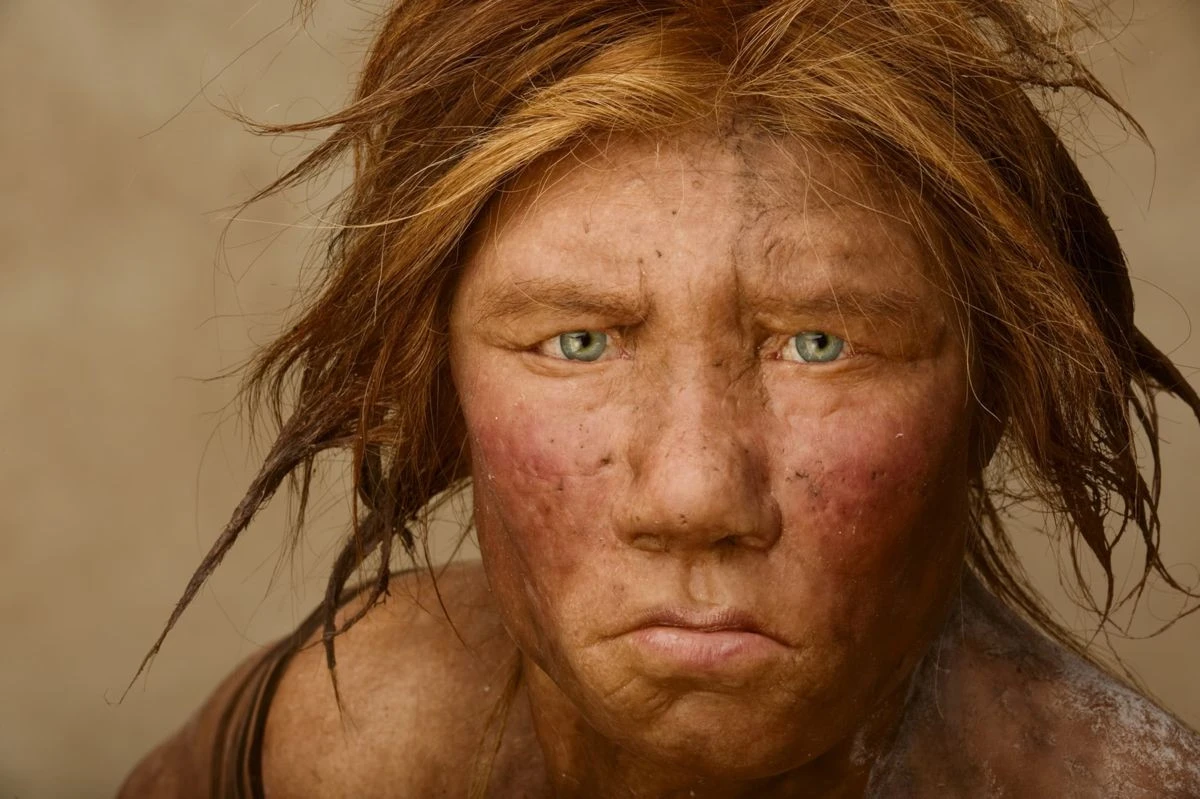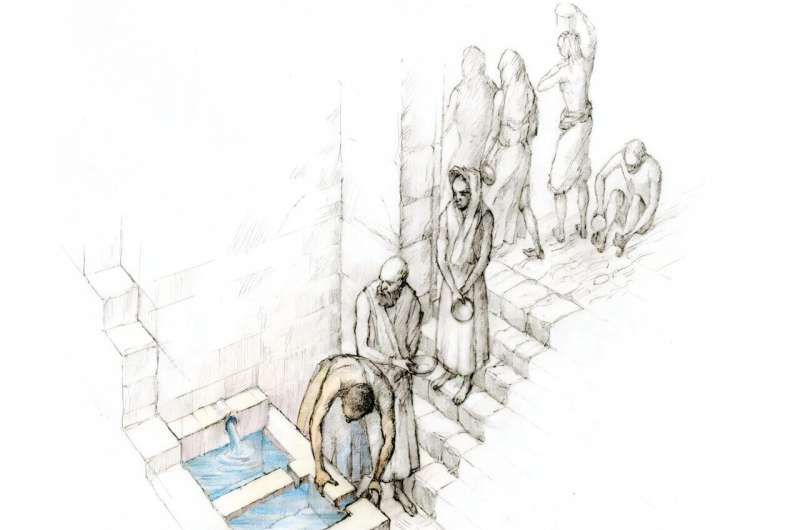A Timeless Tradition: Carving Symbols in Stone
While human civilization has evolved significantly, some things remain surprisingly consistent—like the tendency to leave behind graffiti. Among the most enduring examples of this are the numerous phallic carvings found along Hadrian’s Wall, a Roman-era fortification in northern England.
The Historical Significance of Hadrian’s Wall
Constructed in A.D. 122 under the orders of Emperor Hadrian, this massive stone barrier marked the northernmost boundary of the Roman Empire. Designed as a defense against tribal groups such as the Picts, the wall served as both a physical deterrent and a symbol of Roman dominance in the region. However, beyond its military purpose, it also became an artistic outlet for Roman soldiers stationed along its length.
The Meaning Behind the Carvings
Archaeologists from the University of Newcastle have identified at least 57 phallic symbols etched into the stone of Hadrian’s Wall. While modern viewers might interpret these images as crude jokes or acts of defiance, their original purpose was quite different. In ancient Roman culture, phallic symbols were believed to provide protection and bring good fortune. Rather than simple graffiti, these carvings were talismans meant to ward off misfortune and assert Roman presence in a foreign land.
“These inscriptions offer more than just historical amusement; they provide valuable insights into the vast construction efforts behind Hadrian’s Wall,” explains Dr. Rob Collins, an archaeologist from the University of Newcastle. “They reveal both the organization of Roman engineering and the personal imprints left by the soldiers.”
Preserving the Graffiti for the Future
To ensure these ancient symbols remain accessible for generations to come, researchers are using advanced imaging technology to create 3D models of the carvings. This digital preservation effort will allow scholars and history enthusiasts to study these markings in detail without risking further erosion of the original stonework.
Bridging Ancient History and Modern Curiosity
The discovery and documentation of these carvings remind us that despite the passage of time, human expression—whether through art, humor, or symbolism—remains remarkably unchanged. As archaeologists continue to study Hadrian’s Wall, these unexpected relics offer a unique glimpse into the daily lives, beliefs, and personalities of Roman soldiers who once stood guard at the empire’s edge.








